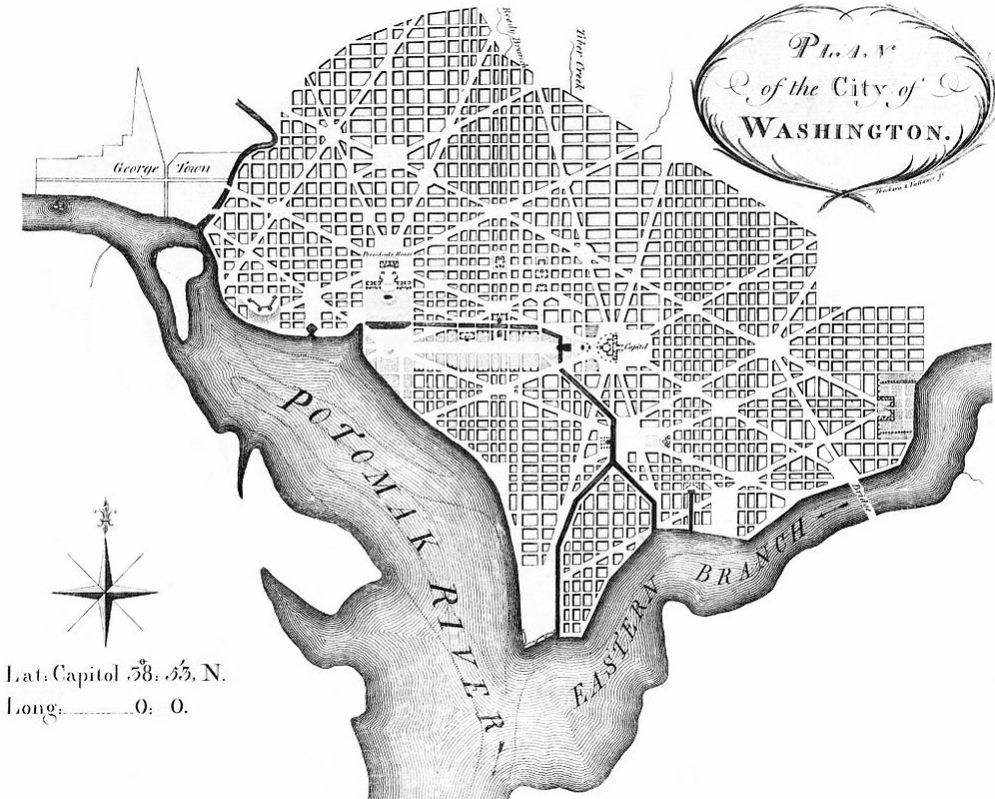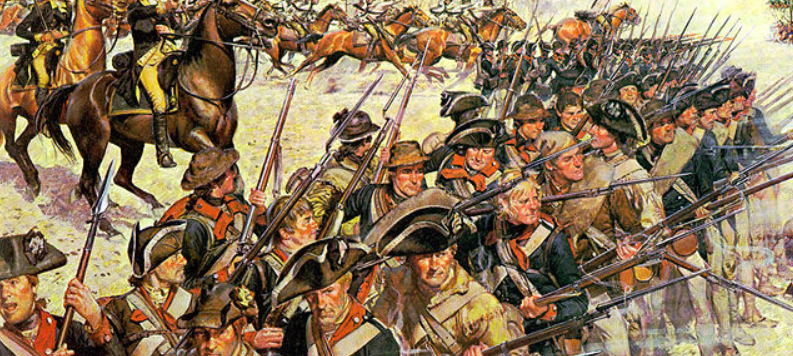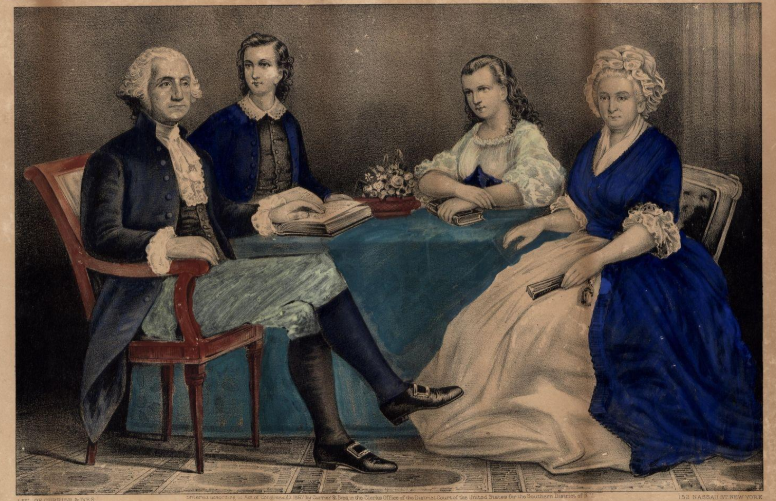Founding Washington - Pierre-Charles L'Enfant Outlines the Capital
After discussing the early life of Pierre-Charles L’Enfant, I realized Founder of the Day has not yet had an article regarding the building of the Capital.
Between deciding on a location, planning an outline and constructing buildings, entire books can (and have) been written about the making of Washington, D.C.
In this essay, we will look specifically at some of the interesting choices made by L’Enfant during the early stages of organization. Some details still may still affect the city today, though many have become lesser known tourist attractions due to the sprawling population of a modern metropolis.
If you’d like to read yesterday’s article on L’Enfant, you can find it here.
L’Enfant
By the time Pierre-Charles L’Enfant was commissioned to plan the layout of the United States Capital, he had already been back in the country for several years.
After participating in the Revolutionary War, and a brief return to France, L’Enfant had established himself as one of the hottest up and coming architects in the young nation.
When the Residency Act was passed (after a famous backroom agreement between James Madison and Alexander Hamilton), Pierre was chosen as the man with the plan...for Washington, D.C.
Meridians
The Capital, quickly styled the ‘City of Washington,’ was assumed to be the future center of the United States. As such, he envisioned the creation of the Washington Meridians.
These Meridians were the basis for the city’s outline. One ran north-south from the Capitol building while the other ran east-west from the Executive Mansion. Inspired in part by Thomas Jefferson’s desire for the United States to be intellectually as well as politically independent, the ‘Capital Meridian’ was listed at 0.0 degrees latitude.
Intersecting at a right angle, the hypotenuse of this triangle would become Pennsylvania Avenue.
Houses
Perhaps the most interesting thing that stands out about L’Enfant’s initial plan is the decision to build a ‘Congress House’ and a ‘President House’ but no ‘Court House’.
This decision speaks to conflicting ideas about the importance of the Judicial Branch of the United States in the early years of the Republic under the Constitution. Although a balance of powers was important to the Founders, the role of the Judicial Branch would not be fully sussed out until after John Marshall took over and the case of Marbury v. Madison was resolved.
It’s interesting to ponder just how L’Enfant may have imagined the Capital differently had he known the power with which the Judicial Branch would later be saddled.
Do you want to read about other Founders who constructed American landmarks?
You might like some of these stories:
Building: The First Continental Congress - Robert Smith Designs Carpenter’s Hall
Ezra L’Hommedieu and the Montauk Lighthouse
Nathaniel Prime Stocks the Erie Canal
Want to read about L’Enfant’s plan?
‘Grand Avenues’ discusses Pierre’s life with a major focus on the construction of the Capital.
Pick up a copy through the Amazon affiliate link below (you’ll support this site, but don’t worry, Amazon pays me while your price stays the same).
Want to get fun American Revolution articles straight to your inbox every morning?
Subscribe to my email list here.
You can also support this site on Patreon by clicking here.





